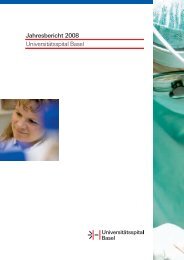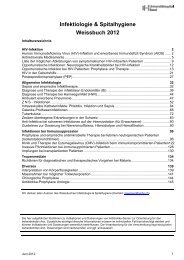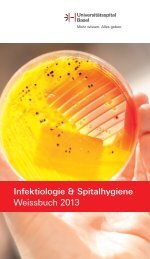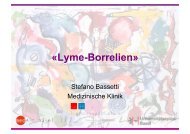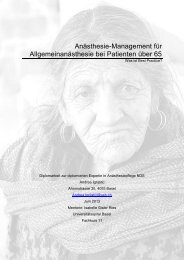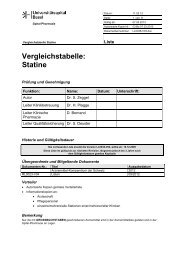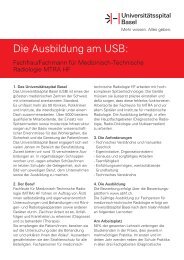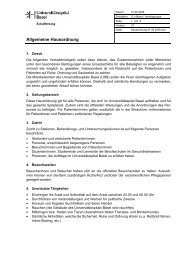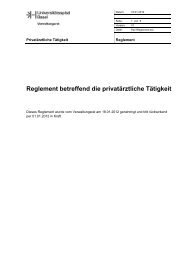Transmucosal Nasal Drug Delivery: Systemic Bioavailability of ...
Transmucosal Nasal Drug Delivery: Systemic Bioavailability of ...
Transmucosal Nasal Drug Delivery: Systemic Bioavailability of ...
Create successful ePaper yourself
Turn your PDF publications into a flip-book with our unique Google optimized e-Paper software.
Summary<br />
Summary<br />
<strong>Transmucosal</strong> nasal drug delivery is a drug delivery option for challenging clinical situations where<br />
common drug administrations (e.g., intravenous, intramuscular, or oral) are inapplicable. For drugs<br />
with constricted oral bioavailability, due to degradation in the intestinal tract or hepatic first-pass<br />
metabolism, transmucosal nasal delivery is a convenient alternative to intravenous and<br />
intramuscular drug administration. The considerable blood flow, actually responsible for breath<br />
conditioning, benefits efficient systemic drug uptake and provides direct access to the systemic<br />
circulation for transmucosal absorbed drugs.<br />
Often, in nasal drug delivery the limited nasal capacity is disregarded and the instilled volumes<br />
exceed the limited capacity <strong>of</strong> the nose. Consequently, the administered preparations are partially<br />
swallowed and resulting pharmacokinetic characteristics refer to a combination <strong>of</strong> transmucosal<br />
nasal and gastrointestinal drug absorption. Due to low midazolam concentration, the commercially<br />
available preparations for intravenous administration (e.g. Dormicum ® , Roche) is inappropriate for<br />
transmucosal nasal midazolam delivery. For the optimization <strong>of</strong> transmucosal nasal midazolam<br />
delivery minimized administration volumes are essential to prevent swallowing <strong>of</strong> nasally<br />
administered preparations. Therefore, nasal preparations with enhanced midazolam concentrations<br />
need to be provided.<br />
In Project I different preparations for transmucosal nasal midazolam delivery were developed. The<br />
impact <strong>of</strong> vehicle and application modality on the pharmacokinetics <strong>of</strong> nasally applied midazolam<br />
was studied by administration <strong>of</strong> the developed preparations to healthy volunteers (Project II). The<br />
benefit <strong>of</strong> two nasal midazolam preparations for procedural anxiolysis in anxious patients<br />
undergoing MRI examinations was compared (Project III).<br />
Project I: Midazolam solubilization with RMβCD (randomized methylated-β-cyclodextrin, a<br />
cyclodextrin derivative) facilitated compounding <strong>of</strong> midazolam preparations adjusted to the limited<br />
volumetric capacity <strong>of</strong> the nose. RMβCD (added in equimolar or higher concentration to solubilize<br />
midazolam) reduced midazolam release in drug release studies with semi-permeable cellophane<br />
membranes (in vitro). Stability data affirmed shelf life <strong>of</strong> at least 6 months for RMβCD containing<br />
nasal midazolam preparations. Addition <strong>of</strong> chitosan hydrochloride (penetration enhancer) affected<br />
midazolam stability; therefore shelf life <strong>of</strong> the chitosan containing nasal midazolam preparation was<br />
reduced. The developed preparations for transmucosal nasal midazolam delivery were the basis to<br />
study the influence <strong>of</strong> the vehicle and the application modality on pharmacokinetics and systemic<br />
bioavailability <strong>of</strong> nasally applied midazolam (Project II).<br />
Katja Suter-Zimmermann Page 3 <strong>of</strong> 188 University <strong>of</strong> Basel, 2008




